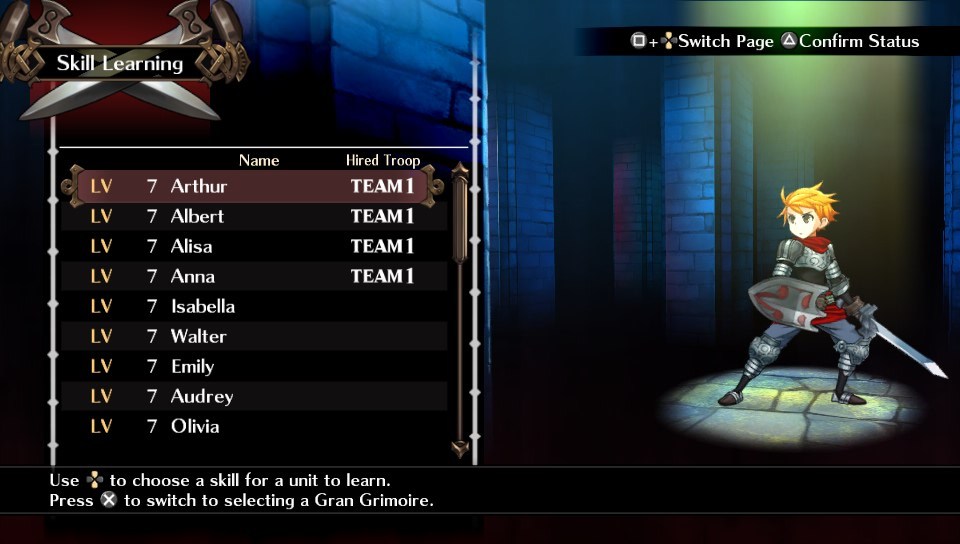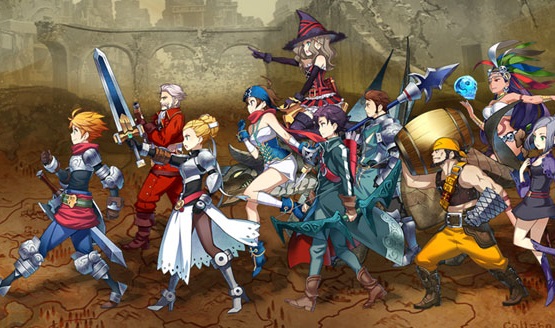I love it when I play something that doesn’t quite feel like anything else I’ve played before. Maybe it’s just because the “safe” way to go is used so often in this industry, but — fun times with the games aside — I more often than not feel like I’m playing just another variation on a familiar formula. Now, Grand Kingdom’s not so radically different as to alienate anyone; on the contrary, it’s perfectly in keeping with some of the most venerable traditions of the strategy RPG genre. But I knew as soon as I played the demo at PAX East that it was doing just enough new things to potentially be an unexpected treat for PS4 and Vita owners. Now that I’ve got my hands on the full version, I’m delighted to see that taking these risks has paid off: it may take a little more patience than the average JRPG, but I think Grand Kingdom will become a beloved timesink for a certain segment of its audience.
War Isn’t Hell?
To get a sense for the scope of Grand Kingdom’s “narrative,” consider that it takes place in a world of constant war, where nations seem to fight just for the hell of it and mercenaries happily pocket coin after coin since their services are always needed. This is a very cartoony, arcade-y sort of war, where the stakes seem low and the possibility of diplomacy or conflict resolution seems even lower. To boil it down to the simplest way I can put this: don’t expect any sort of great musings on the tragic nature of war in a game whose primary purpose is to make endless war seem fun. Oh yes, there are major characters to follow, but when one of them is constantly spouting lines about “kicking enemy ass,” one gets the sense that maybe this war isn’t as serious as they’d have you believe.
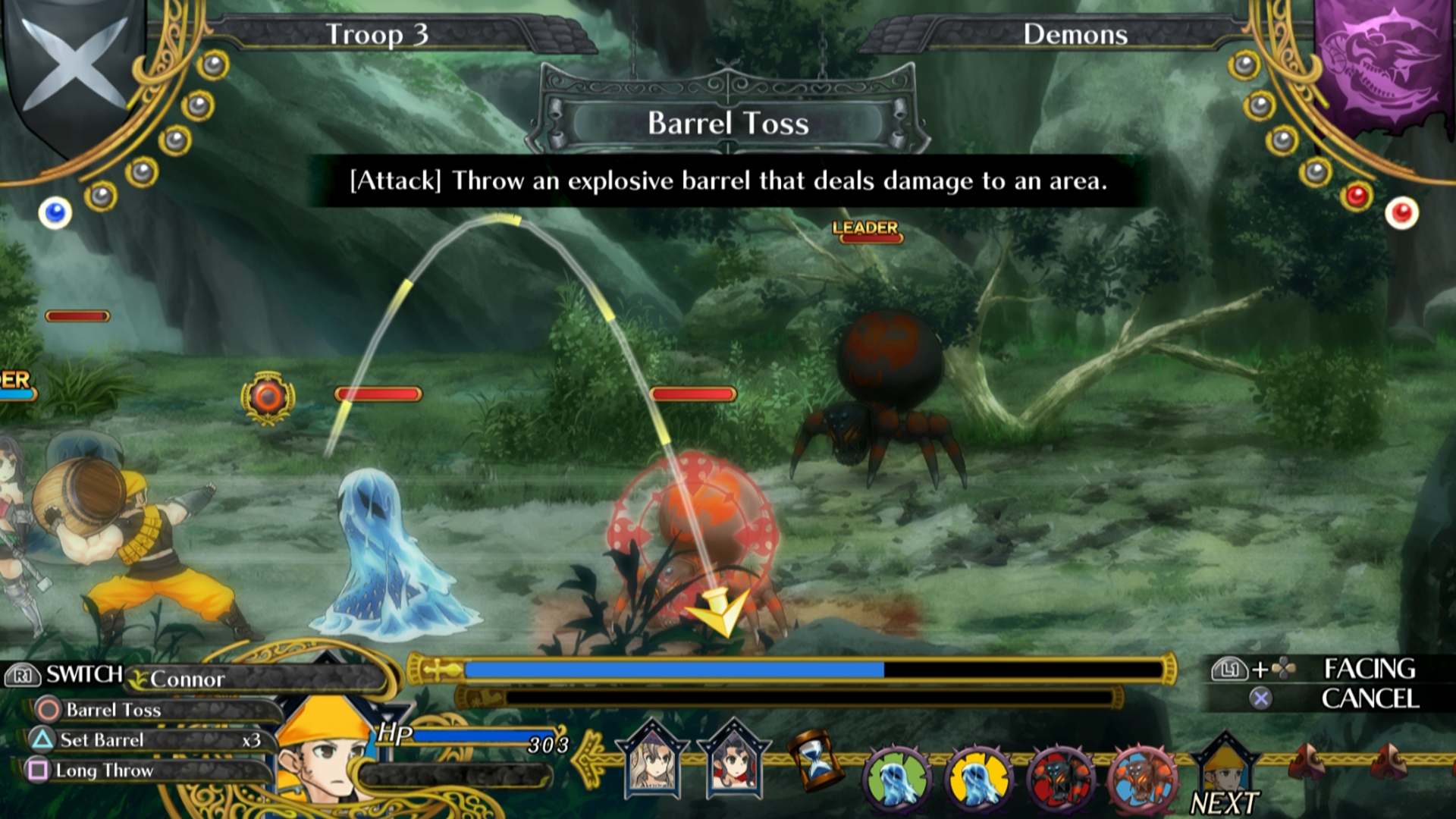
New Ideas
So the story is goofy and throwaway, but does the game actually make endless war a fun proposition? Well, yes, it does, for the most part. Essentially, the heart of the game is made up of two parts — field exploration and combat — which are then utilized in a variety of different modes. Field exploration takes the form of a board game, in which your party and the enemies are pieces and you must navigate by sometimes avoiding, and sometimes seeking out, different kinds of spaces. For example, some squares on the map hold resources and treasures, while others hold traps and hazards to avoid (like giant cannons that can blow you away if you’re not careful in the ensuing battle). On top of dealing with the various gimmicks of the map, you’ve also got a limited number of moves, which are consumed by traversal, combat (relative to the number of turns in a battle) and events on various spaces. Luckily, your party members also have access to field moves that can turn the tides when you’re in a pinch.
Combat was the thing that stood out to me most in my aforementioned PAX preview and subsequent look at the beta test, and its originality delighted me even more with access to the full slate of character classes and enemies to fight. Taking place on a series of “lanes,” each battle sees characters given a movement meter that decreases as they walk and jump between lanes. Once you’ve set their location, you can choose their facing and use one of their moves assigned to the face buttons. For melee characters, this is naturally as simple as walking up to an enemy and slashing their face, but the majority of classes have long-range moves that require a bit more finesse. For example, medics — whose healing abilities will be absolutely indisposable during certain tricky skirmishes — need to line up the perfect toss of their healing potions, and can accidentally heal nearby enemies if they’re not careful. By a similar token, archers and arcanists need to find the ideal range to attack from — and once they do, need to correctly time the arrows or spells so that they land, similar to a rhythm game.
Between all the different classes you can pick and the way the game makes them feel different and interactive during combat (interactive in the sense that you’re not just picking a move and watching it happen), there’s quite a bit of fun to be had learning and mastering all of their abilities. Better yet, an equally-diverse set of enemies will have you constantly thinking about new strategies and more efficient ways to take your foes down. Keeping track of which phase you’re in (movement, picking a move, aiming, etc.) and pressing the proper button can be a bit frustrating — more than once I’ve pre-emptively ended a character’s turn because I got confused about which button was going to do what — but slowing down and really paying attention to the interface will alleviate this issue.
Lots of Options
As I said, Grand Kingdom’s all about taking its two central gameplay ideas and fleshing them out with playable modes and customization options. As far as campaigns go, you can take on Quests to gain items, prestige and experience for your party or move the Guild’s story forward; or you can contract with one of the color-coded Four Great Nations and fight for them in War — which is, as you might expect from the whole “four nations” thing, a turf war. In between battles, you can check out an impressive number of customization options, like adding new members to your party (with quite the variety of classes to choose from), purchasing weapons, crafting items, learning new skills and exploring the cities of the various nations, among other things. It can all be a bit daunting at first, but a little patience will lead to rich rewards once you get a handle on all the game’s systems. There are plenty of tutorials to guide you along your way, too.
I really enjoy Grand Kingdom’s use of huge sprites during its battle sequences — Chizu Hashii’s art looks absolutely fantastic when you can see all the details and animation up close. That also goes for the screen-filling, animated character portraits too, which are some of the best I’ve seen in a game recently. If only I enjoyed the sounds coming out of the characters’ moving mouths; this isn’t the worst voice acting I’ve heard by a long shot, but a lot of it comes off as sort of forced and cheesy to me. Meaning no disrespect to the actors, I wondered why some of them sounded like they were merely reading the lines rather than performing them. That’s okay, though, since the audio is redeemed by the the presence of Mitsuhiro Kaneda’s compositions — it feels like a real treat to hear his work again so soon after playing Odin Sphere Leifthrasir earlier this month.
Something Different
If you’re an RPG fan looking for something a little different, Grand Kingdom is definitely worth a look. I might be a huge fan of JRPGs, but I’m sympathetic to the way many role-players are turned off by the archaic systems and goofy stories often found in the category — but this is one title that has the potential to cross that boundary. Keeping the silly story to a minimum (and remaining humorous when it does spring up), the emphasis is on battling and building up your party members, loot stash and territory, which is something I think many gamers could find themselves sinking time into. On top of that, you won’t find any tired “old-school” turn-based battles or lame button-mashy action-RPG combat here. Grand Kingdom’s blend of board game-style map exploration and intriguing lane-based combat is something you won’t find anywhere else on PS4, and that’s really what makes it something to be savored.
Review code for Grand Kingdom provided by publisher. Reviewed on PlayStation 4. For more information on scoring, please read our Review Policy here.
-
Unique combat and field exploration systems
-
Lots of customization options
-
Classes feel distinct and fun to use
-
Turn-based battle adds interactive elements that keep you playing once you pick a move
-
Throwaway story
-
Lame voice acting
Grand Kingdom 2/23
-
Grand Kingdom
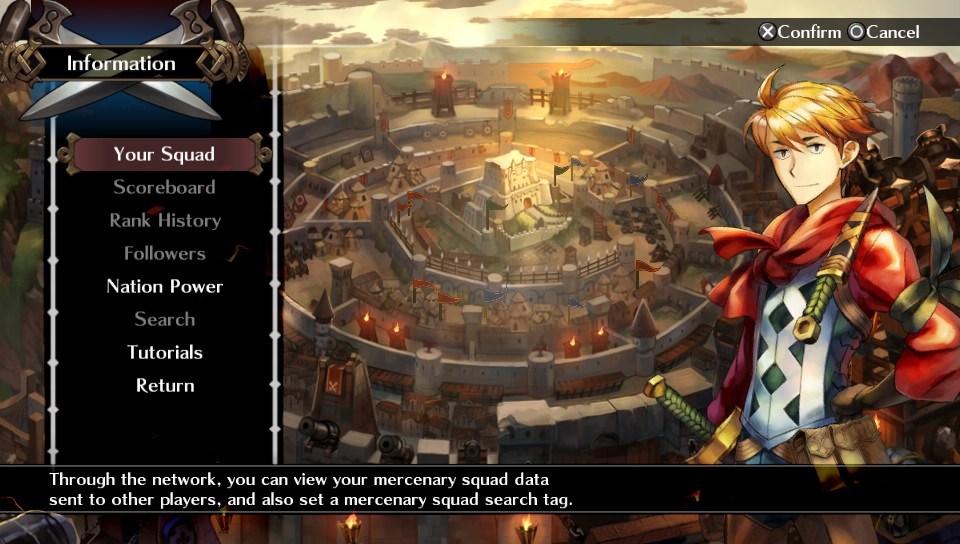
-
Grand Kingdom

-
Grand Kingdom
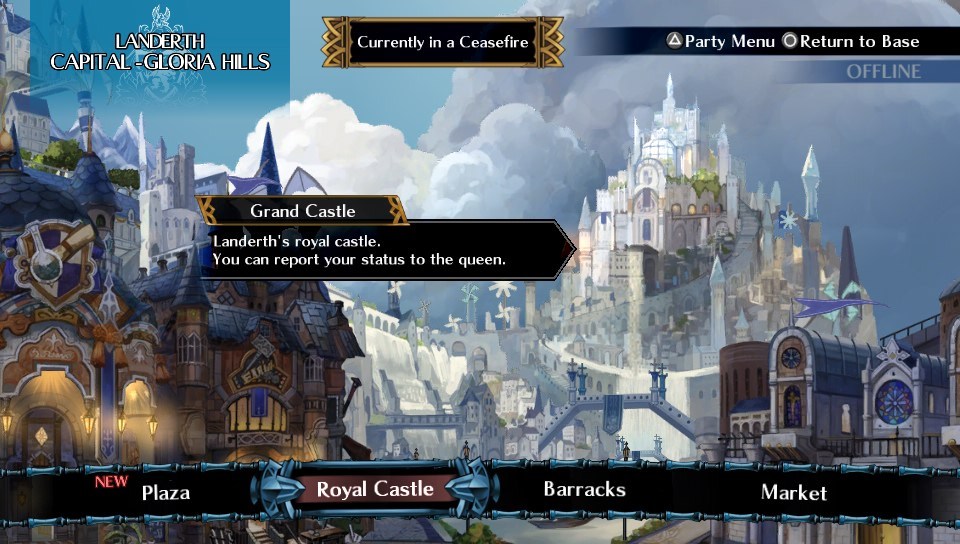
-
Grand Kingdom
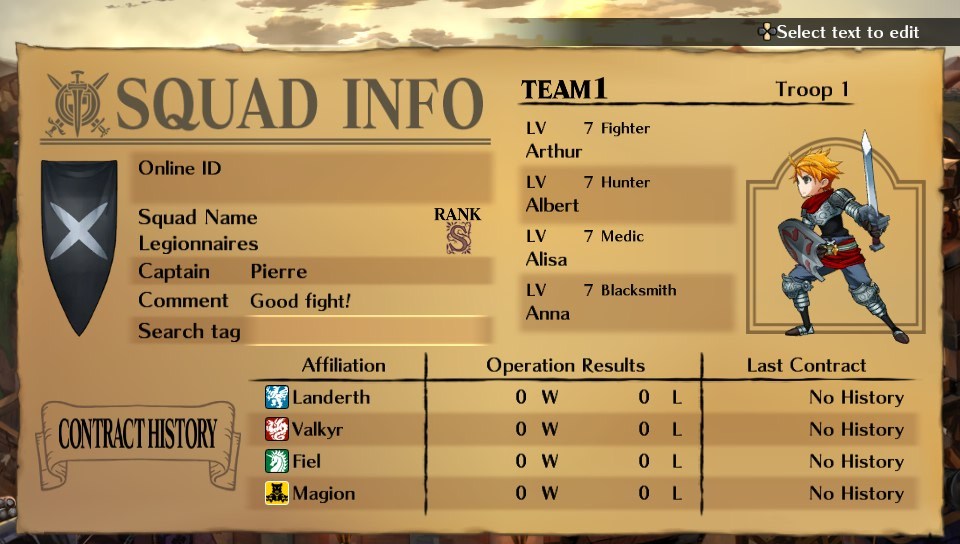
-
Grand Kingdom
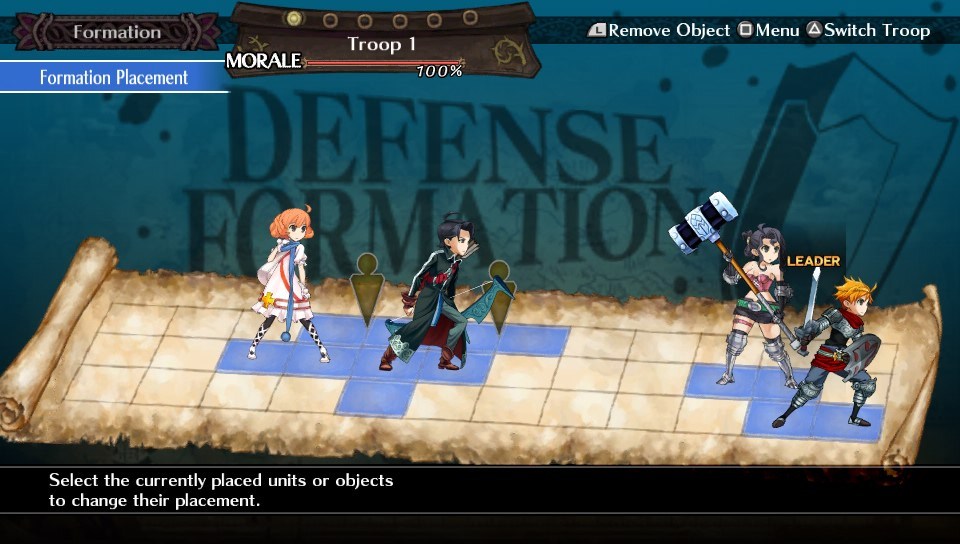
-
Grand Kingdom
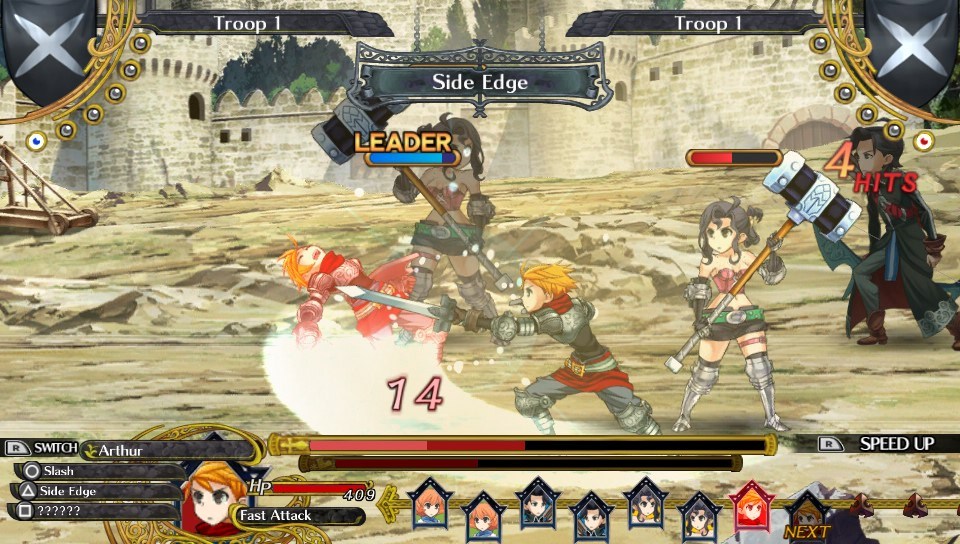
-
Grand Kingdom
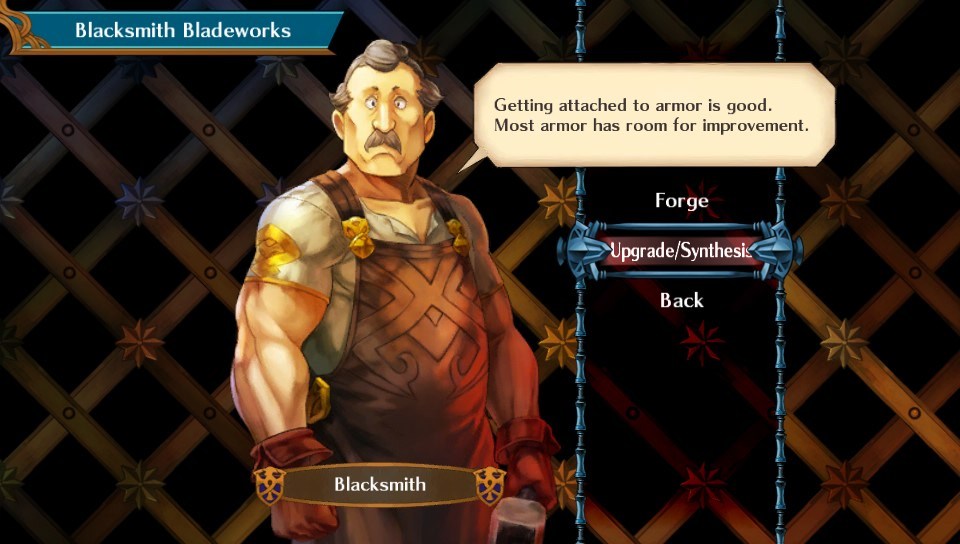
-
Grand Kingdom
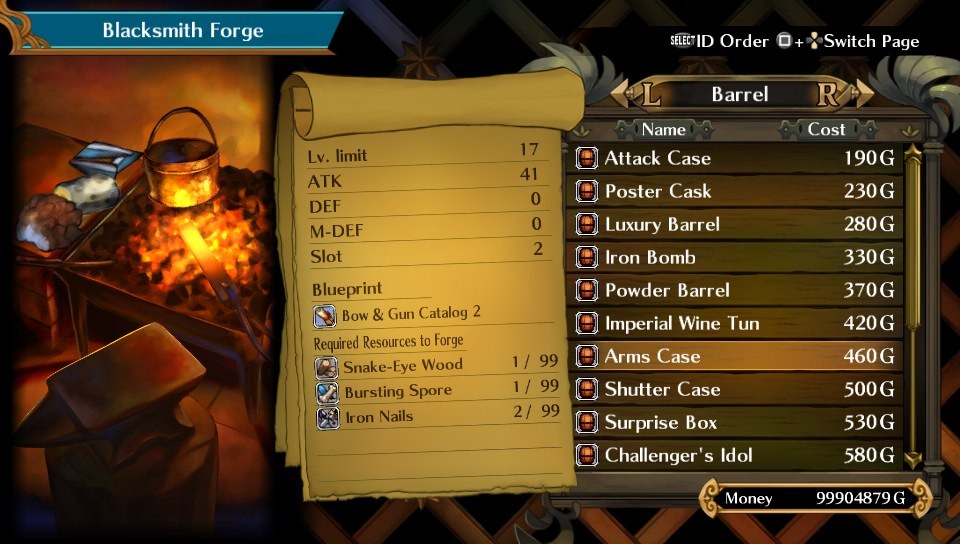
-
Grand Kingdom
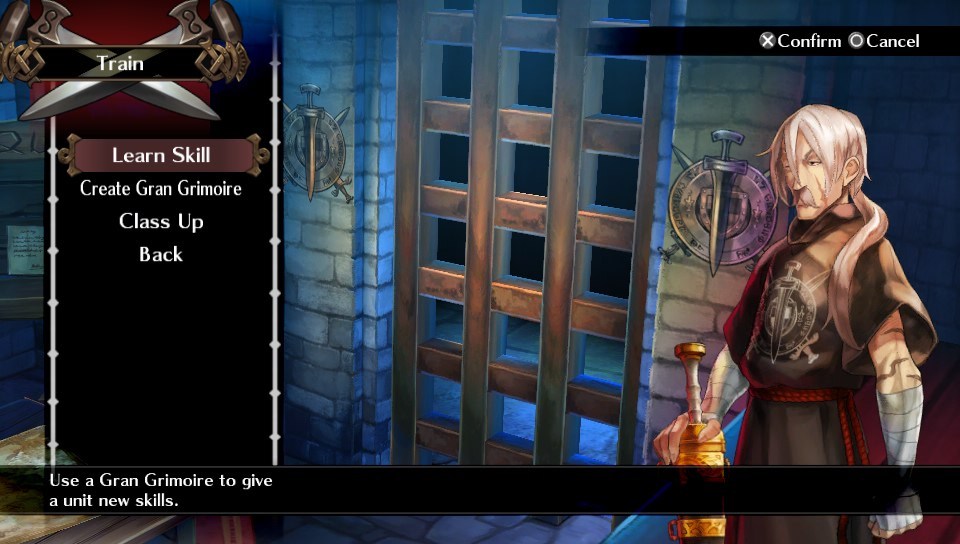
-
Grand Kingdom
